Dams are essential structures that help control water flow and generate power, providing significant environmental and economic benefits. In this guide, we explore the different types of dams—Embankment, Gravity, Arch, and Buttress. Each type has unique characteristics, construction materials, and functional purposes. Understanding these differences will give you insight into how dams are tailored to specific needs.
What is an Embankment Dam?
Embankment dams are constructed using compacted soil, such as “earthfill,” or rock, known as “rockfill,” with an impervious core to prevent water seepage. These dams are generally wide and short compared to other types and are ideal for retaining water across river valleys or flood control.
- Construction Material: Compacted soil or rock with an impervious core.
- Purpose: Designed to transfer water loads downward, mainly for water retention and flood control.
- Interesting Fact: Over 80% of large dams in the U.S. are embankment dams due to their adaptability.
Embankment dams are especially suitable for wide river valleys and areas that need effective flood control. Their natural materials make them cost-effective and robust for large-scale water containment.
What Makes Gravity Dams Unique?
Gravity dams rely on their massive weight to resist the horizontal pressure of water pushing against them. Constructed primarily from concrete or masonry, these dams transfer water loads downward, making them incredibly stable structures. Typically found in narrow valleys, gravity dams leverage their weight to keep water pressure in check.
- Construction Material: Concrete or stone masonry.
- Purpose: Transfers water pressure downwards, effectively resisting water loads.
- Key Feature: Each section is stable, offering a sturdy, modular design.
Gravity dams span narrow valleys with bedrock foundations, ensuring minimal seepage and structural integrity. Their solid construction enables them to withstand significant water pressure over time.
Why Choose an Arch Dam?
Arch dams are constructed from concrete and utilize the natural shape of a canyon to transfer water loads to the adjacent rock formations. Built only in areas with strong rock walls, arch dams are thin yet strong, using less material compared to other types.
- Construction Material: Concrete.
- Purpose: Transfers water loads to nearby rock walls, optimizing material use.
- Unique Advantage: Their thin design minimizes material requirements without compromising strength.
Arch dams are highly efficient in canyons or valleys with steep walls, making them suitable for locations where the terrain naturally supports the dam’s curved design.
Understanding Buttress Dams
Buttress dams use a reinforced concrete design and are supported by multiple buttresses that transfer the water load downward. These dams have a hollow upstream face supported by a series of buttresses, making them stable yet material-efficient.
- Construction Material: Reinforced concrete.
- Purpose: Utilizes buttresses to spread water load, ensuring structural stability.
- Interesting Design: The hollow, reinforced structure requires less concrete than a solid dam.
Buttress dams are ideal for wide river valleys, where solid support and minimal concrete usage are key considerations. The added support from the buttresses ensures that the dam can effectively hold substantial water pressure.
Key Components of a Dam Structure
Every dam, regardless of type, comprises several essential components:
- Crest: The top of the dam, often used for a roadway.
- Foundation: The base that anchors the dam to bedrock or stable ground.
- Spillway: A passage to safely release excess water.
- Gallery: A tunnel within the dam to monitor and drain seepage.
- Outlet: Used to release water for controlled flow, irrigation, and hydroelectric power generation.
Understanding these components will help you appreciate the complexity and design precision required to create stable, efficient dams.
Click Here To See Hydraulic Turbine Working, Types, Advantages And Disadvantages
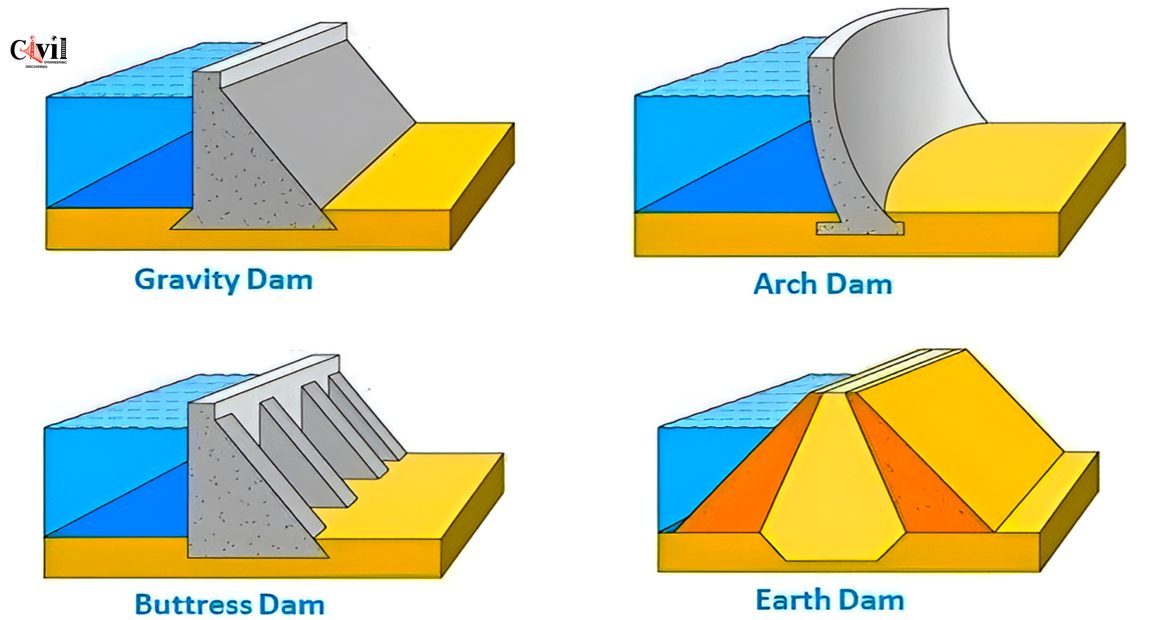

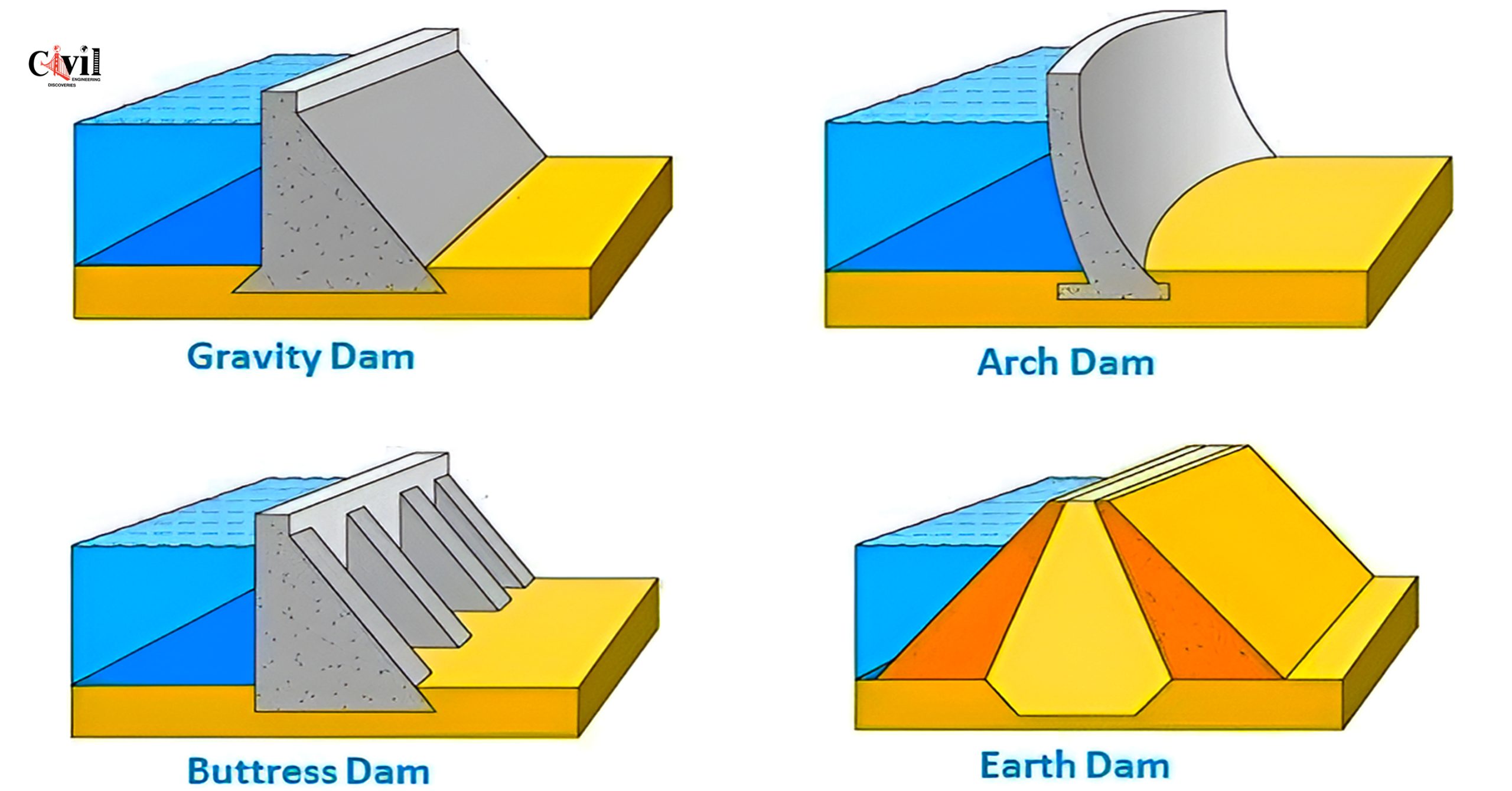
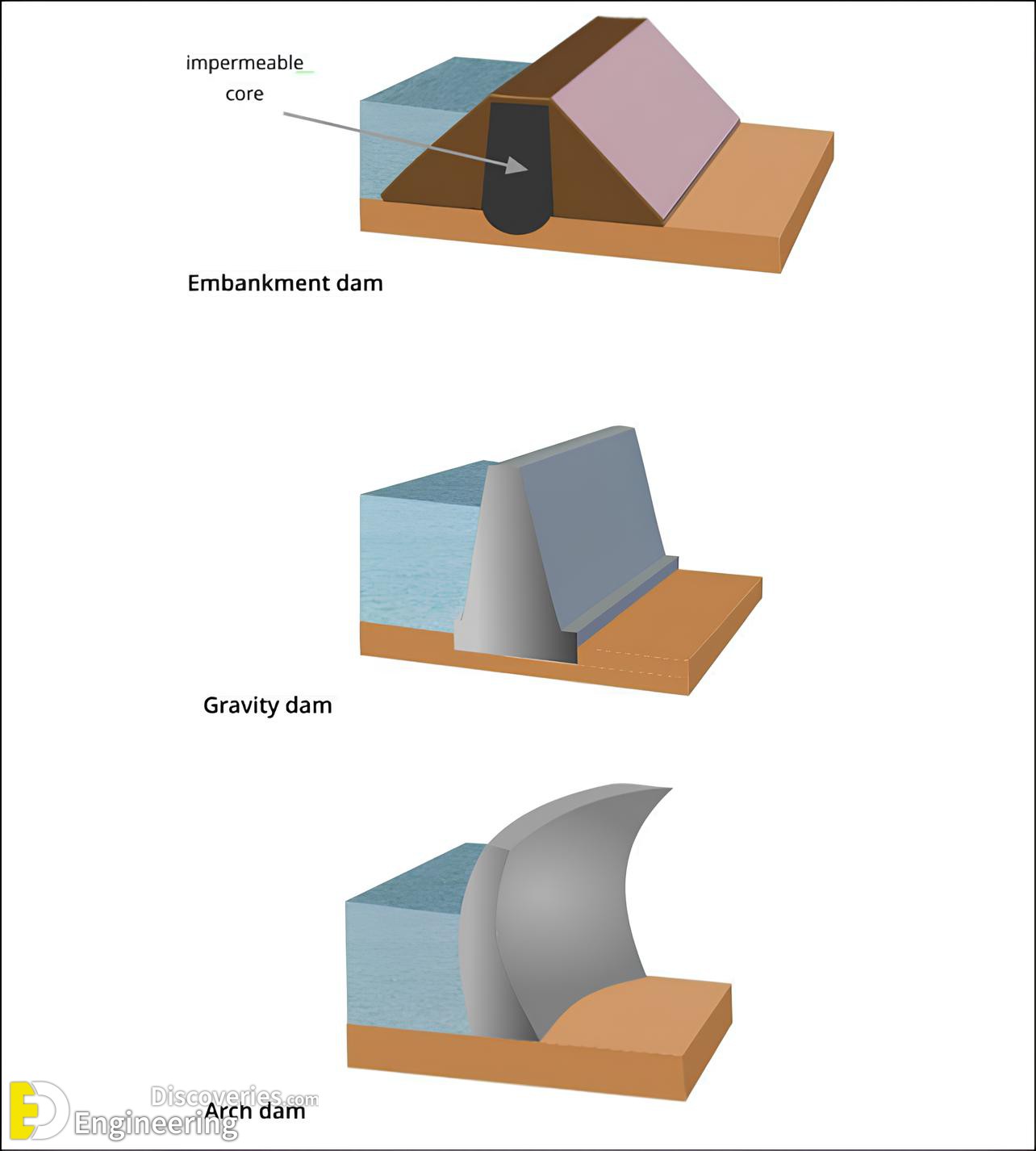




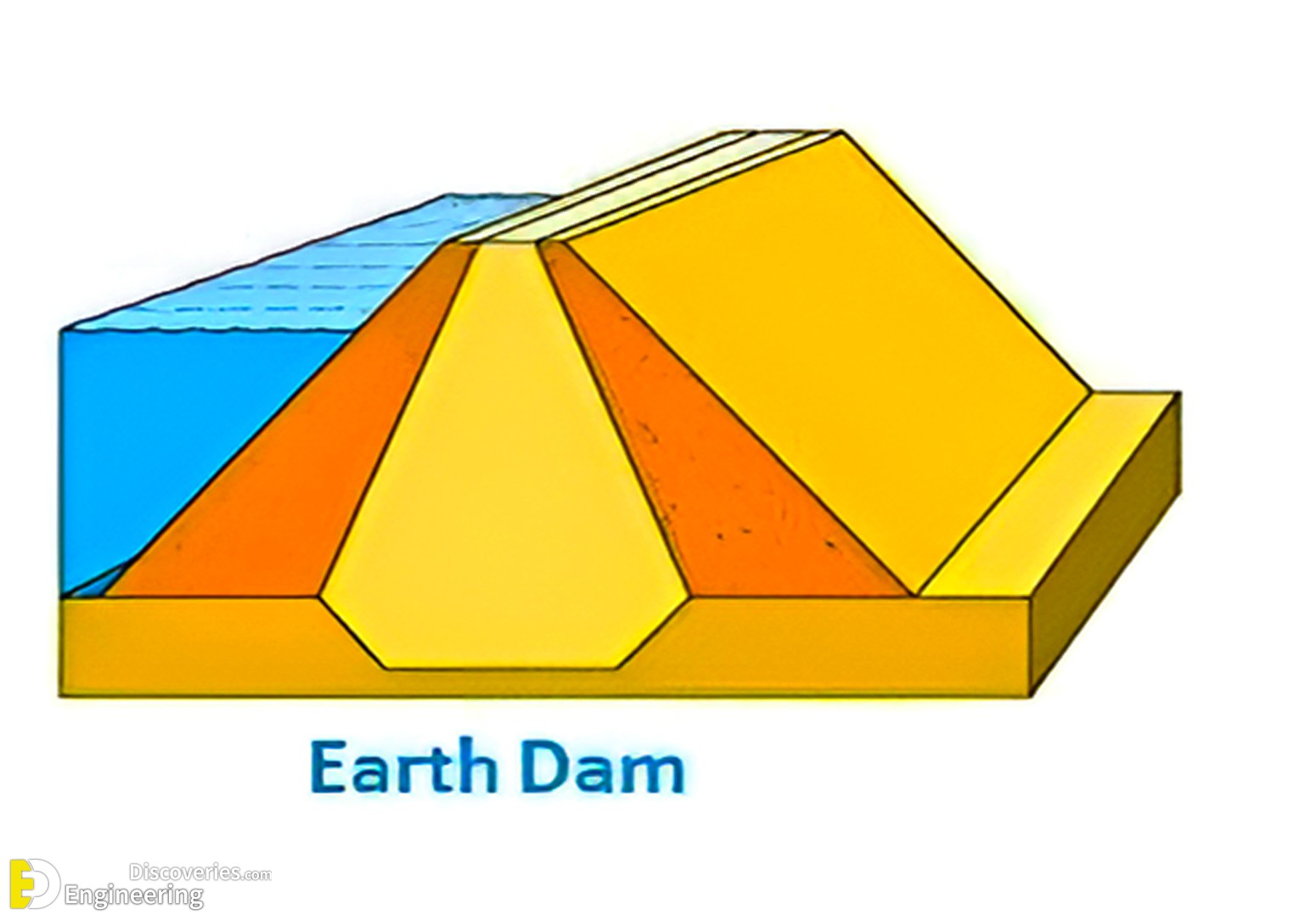
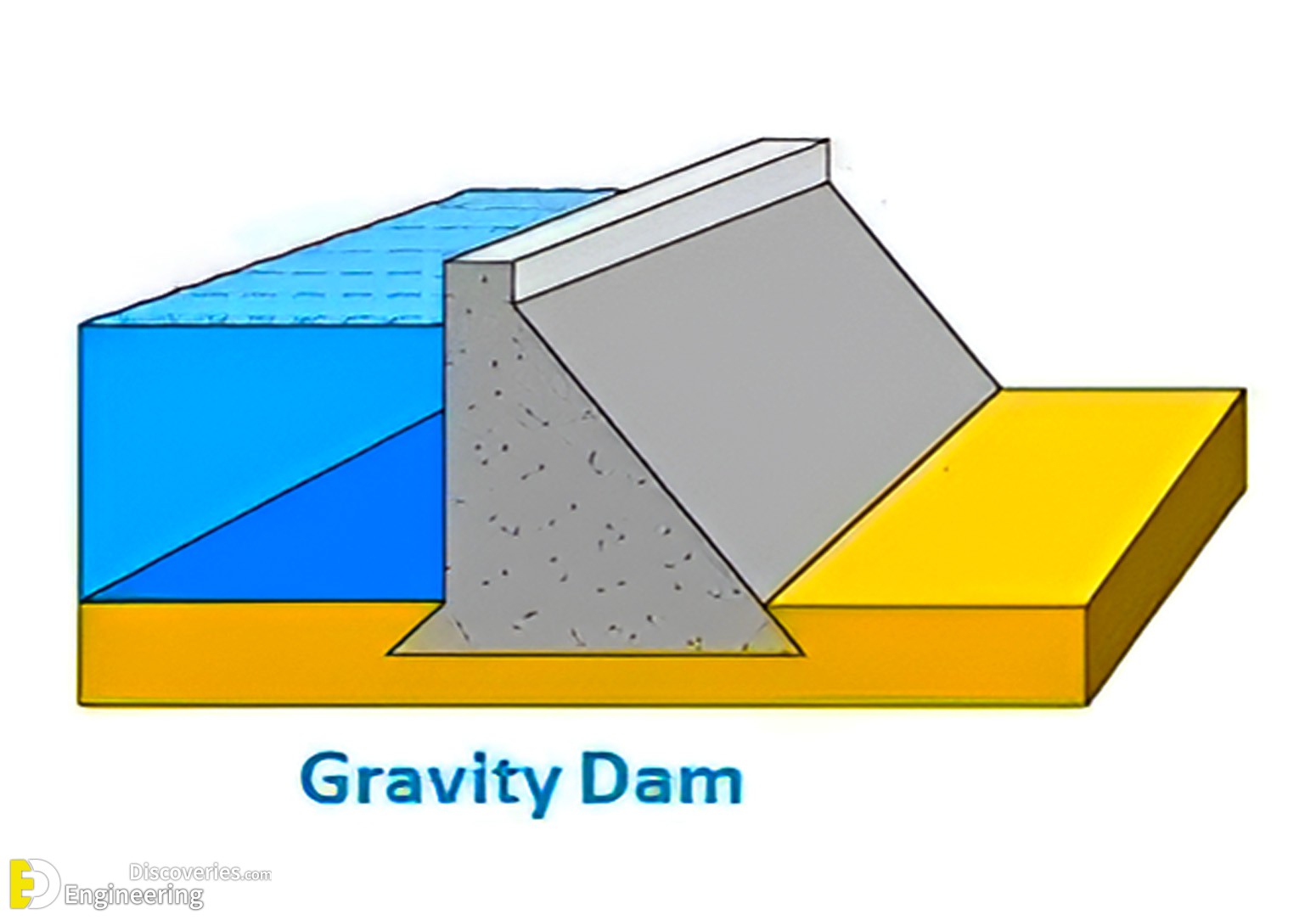
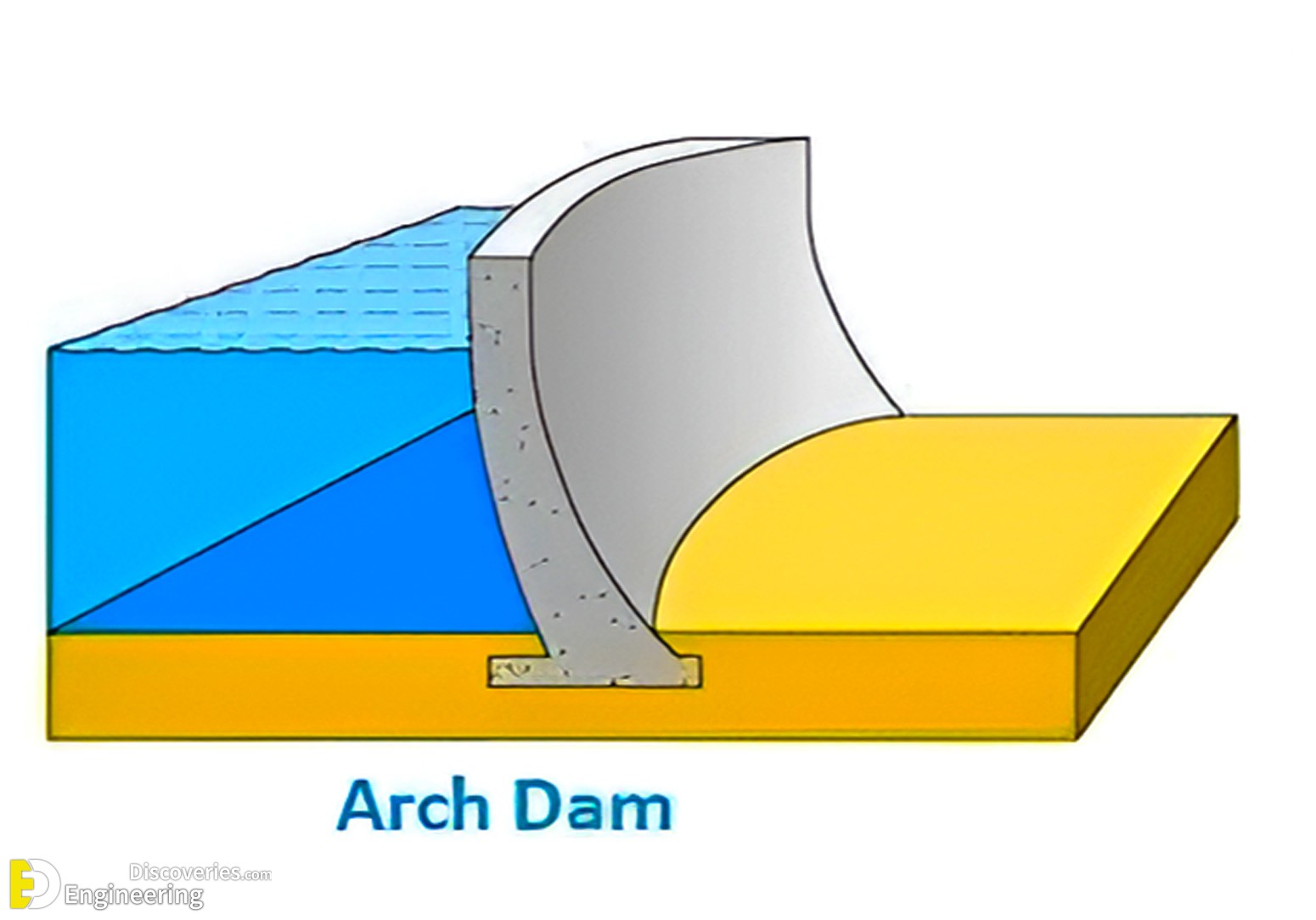

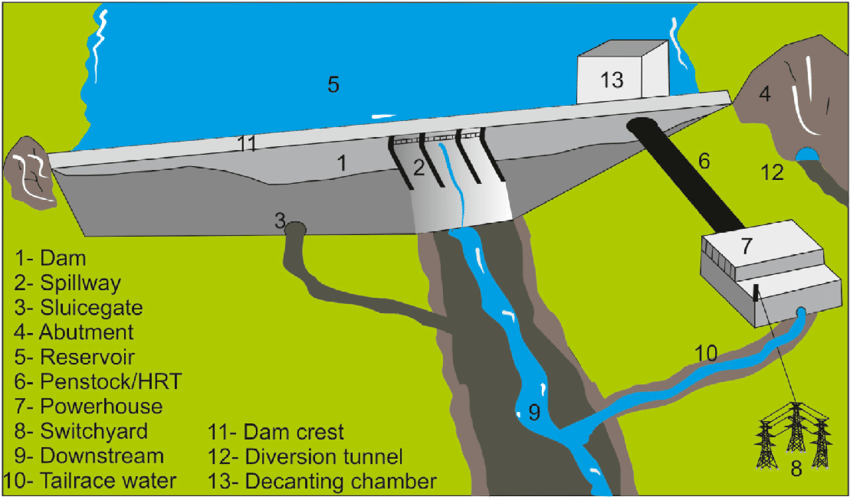




Very informative. The local planners, engineers and tech workers should be trained on these subject matters. Codes, rules and regulation are vital component in the infrastructure design and development.
https://www.mdpi.com/2227-7390/12/22/3464
I wrote an article about Optimization of a Gravity dam. Maybe It could be interesting for you